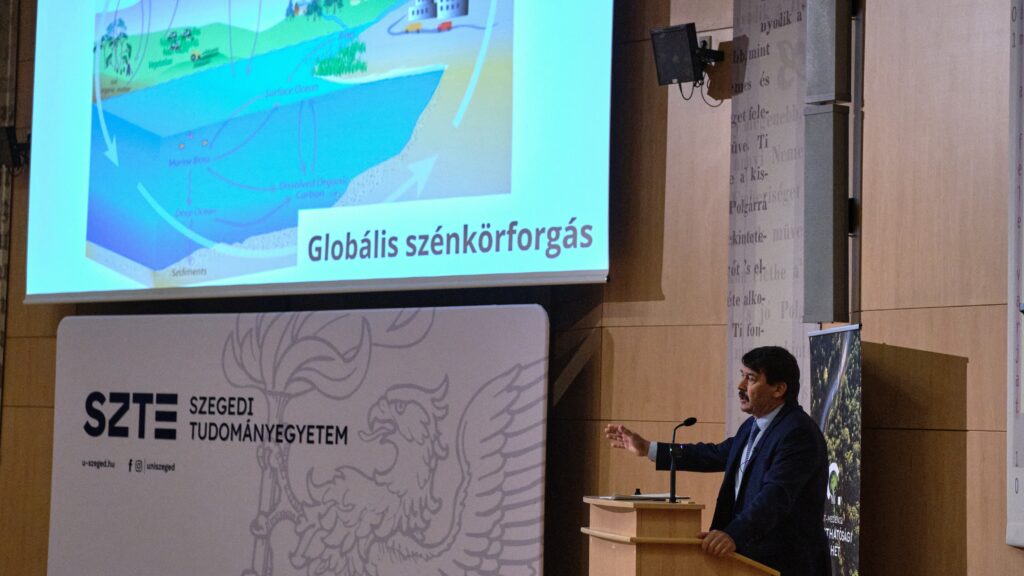The following is a translation of an article written by Bettina Tóth, a research fellow at the Europe Strategy Institute of the University of Public Service, originally published on the Five Minutes Europe blog of Ludovika.hu.
The United Nation’s climate change conference, COP29, which addressed the challenges of climate change and responses to them in general, has just ended in Baku, Azerbaijan. Besides the conference, there are also international meetings that address a specific part of climate change, such as COP16, which has been going on for one and a half weeks now and focuses on the issue of desertification.
Of the UN Conference of the Parties (COP), the annual United Nations Framework Convention on Climate Change (UNFCCC) event is usually the one that gets the most publicity, as was the case with COP29 in Baku in November. The sub-regional meetings have been much less talked about, even though they are also where participants decide on key issues. This is the case at the Conference of the Parties to the United Nations Convention to Combat Desertification (UNCCD COP16) in Riyadh, Saudi Arabia, from 2 to 13 December.
The conference is dominated by negotiations on a global drought prevention system, both in terms of implementation and financing. This is particularly necessary because the frequency and intensity of climate damage, specifically drought, which is also a major issue in Hungary, and which is exacerbated by climate change and unsustainable agriculture, has increased by nearly 30 per cent since the turn of the millennium, threatening agriculture, water security, and the livelihoods of 1.8 billion people.
‘The conference is dominated by negotiations on a global drought prevention system, both in terms of implementation and financing’
As climate finance was at the centre of the COP29 negotiations, similar announcements and agreements were made in Riyadh. The Kingdom of Saudi Arabia will contribute $150 million to the fight against soil degradation, desertification, and drought within the framework of the Riyadh Global Drought Resilience Partnership; the Islamic Development Bank and the OPEC Fund for International Development with $1 billion; and the Arab Coordination Group with $10 billion, supporting proactivity rather than reactivity. This will provide grants, loans, and insurance to 80 of the world’s most vulnerable countries to reduce their exposure to drought.
A report prepared with the European Commission’s Joint Research Centre was also published during the conference. The document sets out several key messages that have been evident so far, but which are still not getting enough attention. It states, among other things, that ‘Droughts emerge from a combination of natural climate variability, anthropogenic climate change, and human mismanagement of water and land resources’ and that ‘Climate models project more frequent and severe droughts in the future’. In addition to their negative impacts on the environment, they also have a range of social and economic consequences and thus require cross-sectoral policy action.
Based on the UNCCD targets, the annual investment required for the period 2025–2030 is estimated at $355 billion. However, the planned investment for the same period is only $77 billion per year, so an additional $278 billion would need to be mobilized. In addition, the report also detailed the lack of private sector investment in land restoration and resilience, while food companies, among others, have an even greater interest than individual countries in ensuring that land is available at the right quality, as they stand to lose out on significant profits. Thus, as with the capital allocation agreed at COP29 on climate change in general, the focus should be on involving as many resources as possible each year, not only from countries but also by largely mobilizing the private sector.
Related articles:
Click here to read the original article.








